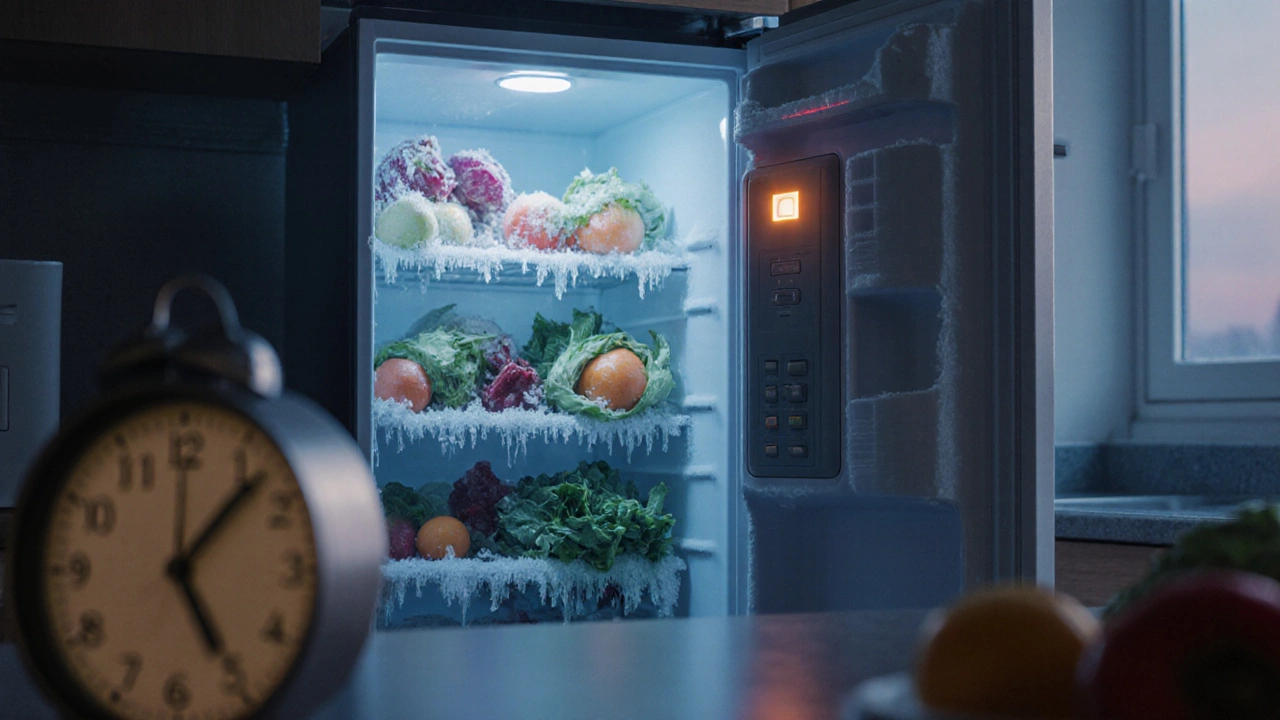
Step‑by‑step guide to pinpoint why a fridge isn't cooling, covering key components, diagnostic checks, common symptoms, DIY tips, and when to call a professional.
When working with refrigerator troubleshooting, the process of pinpointing why a fridge isn’t keeping food cold and fixing it. Also known as fridge repair diagnostics, it helps keep your kitchen running smoothly.
Most fridge problems fall into three buckets: temperature control, water flow, and noisy operation. Understanding how each part works makes the hunt for the cause easier. For example, a warm kitchen can overload the condenser, while a clogged drain pan creates frost buildup. Knowing the difference lets you act before a small glitch turns into a costly repair.
Effective appliance repair, the skill set needed to fix common home appliances safely starts with the right tools: a multimeter, a screwdriver set, and a coil cleaning brush. First, unplug the fridge and check the power cord for damage. Next, use the multimeter to test the thermostat and the start relay – two parts that often fail and cause cooling loss.
Once the electrical side checks out, move to the mechanical side. Clean the condenser coils every six months; dust reduces heat exchange efficiency by up to 30%. Then, inspect the evaporator fan inside the freezer compartment. If the fan doesn’t spin, ice can melt and flood the freezer, leading to temperature spikes.
Crafting a diagnostic checklist, a step‑by‑step guide that helps you isolate fridge faults keeps you organized. Start with the obvious – is the door sealing properly? Then move to the less visible – are the temperature sensors clean? Finally, test the compressor’s run capacitor. Following a checklist reduces missed steps and speeds up the fix.
While you’re troubleshooting, keep an eye on the fridge lifespan, the typical years a refrigerator works before major parts need replacement. A well‑maintained fridge can last 12‑15 years, but neglect shortens that window. Replace worn door gaskets and clean the defrost timer to extend life. If you notice recurring issues despite regular care, it might be time to weigh repair costs against a new, more energy‑efficient model.
Energy efficiency ties directly into troubleshooting. A fridge that runs constantly uses more electricity, inflating your bills. After fixing a temperature problem, run a quick energy test: power the unit for 24 hours and compare the reading to the label’s kWh rating. If consumption stays high, the compressor could be failing, and a professional opinion is wise.
Most homeowners wonder whether they can handle the repair themselves or need a pro. Simple tasks like coil cleaning, door seal replacement, and fan cleaning are safe DIY jobs. However, dealing with sealed‑system refrigerant, compressor rewiring, or major electrical components should be left to certified technicians. Mistakes here can void warranties or cause safety hazards.
Our collection of articles below dives deeper into each of these areas. You’ll find guides on how long appliances typically last, cost‑benefit analyses for repairing versus replacing, and step‑by‑step checklists for common problems across the whole home. Whether you’re fixing a fridge, a dishwasher, or a boiler, the same troubleshooting mindset applies.
Ready to tackle that humming fridge or stubborn ice maker? Keep this page handy as you work through the steps – the right knowledge can save you time, money, and a lot of frustration. Below you’ll discover practical advice, real‑world cost breakdowns, and expert tips that turn a confusing breakdown into a clear solution.

Step‑by‑step guide to pinpoint why a fridge isn't cooling, covering key components, diagnostic checks, common symptoms, DIY tips, and when to call a professional.